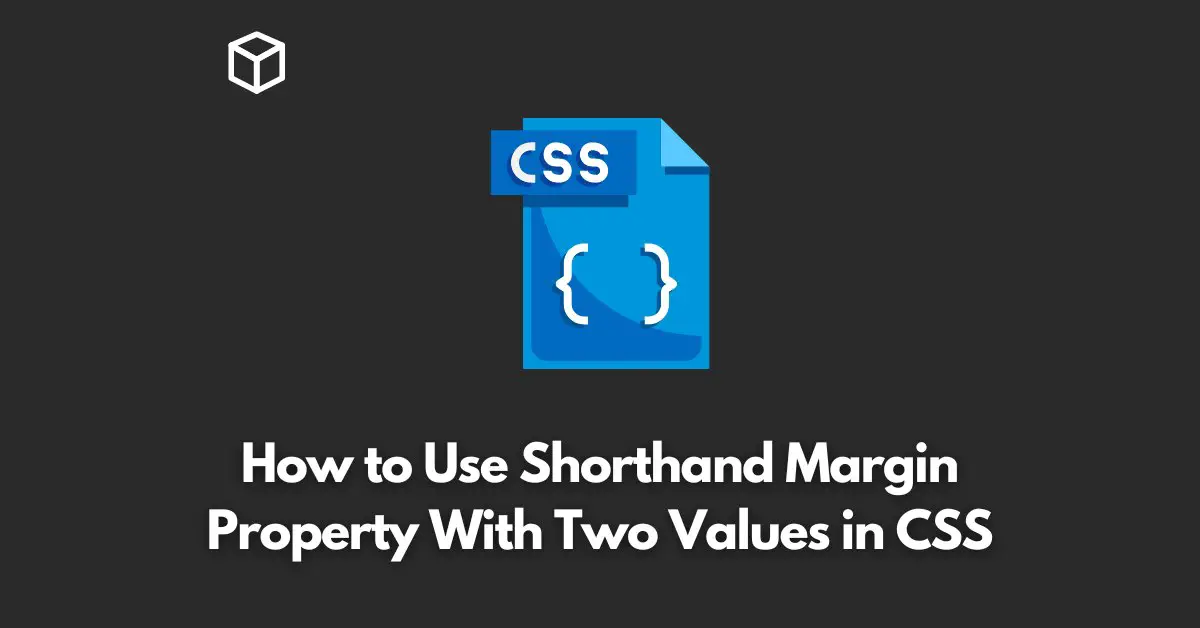CSS is an essential tool for web developers, allowing them to control the layout and design of web pages.
One of the most powerful CSS properties is the margin property, which is used to set the margin around an HTML element.
In this CSS tutorial, we will discuss the shorthand margin property, which allows you to set the margin for all four sides of an element at once, using just two values.
The shorthand margin property is written as “margin: top & bottom right & left;”, where top and bottom are the first value, and right and left are the second value.
For example, “margin: 10px 20px” sets the top and bottom margins to 10px, and the right and left margins to 20px.
Using this shorthand property can save you a lot of time and make your CSS code more readable.
However, it is important to note that if you only want to set the margin for one side of an element, you will need to use the individual margin properties (margin-top, margin-right, margin-bottom, and margin-left).
Let’s take a look at an example of how to use the shorthand margin property in CSS:
.box {
width: 200px;
height: 100px;
background-color: #ccc;
margin: 10px 20px;
}In this example, we have created a class called “box” and used the shorthand margin property to set the top and bottom margins to 10px and the right and left margins to 20px.
You can also use the shorthand property to set different margins for each side.
For example, “margin: 10px 20px 30px 40px” sets the top margin to 10px, the right margin to 20px, the bottom margin to 30px, and the left margin to 40px.
It’s important to note that the order of the values is important and follows the structure of “margin: top right bottom left;”.
If you only provide two values, the first value will be applied to the top and bottom margins, and the second value will be applied to the right and left margins.
In conclusion, the shorthand margin property is a powerful tool that can save you time and make your CSS code more readable.
It allows you to set the margins for all four sides of an element at once, using just two values.
However, it’s important to remember that if you want to set the margin for just one side of an element, you will need to use the individual margin properties.




